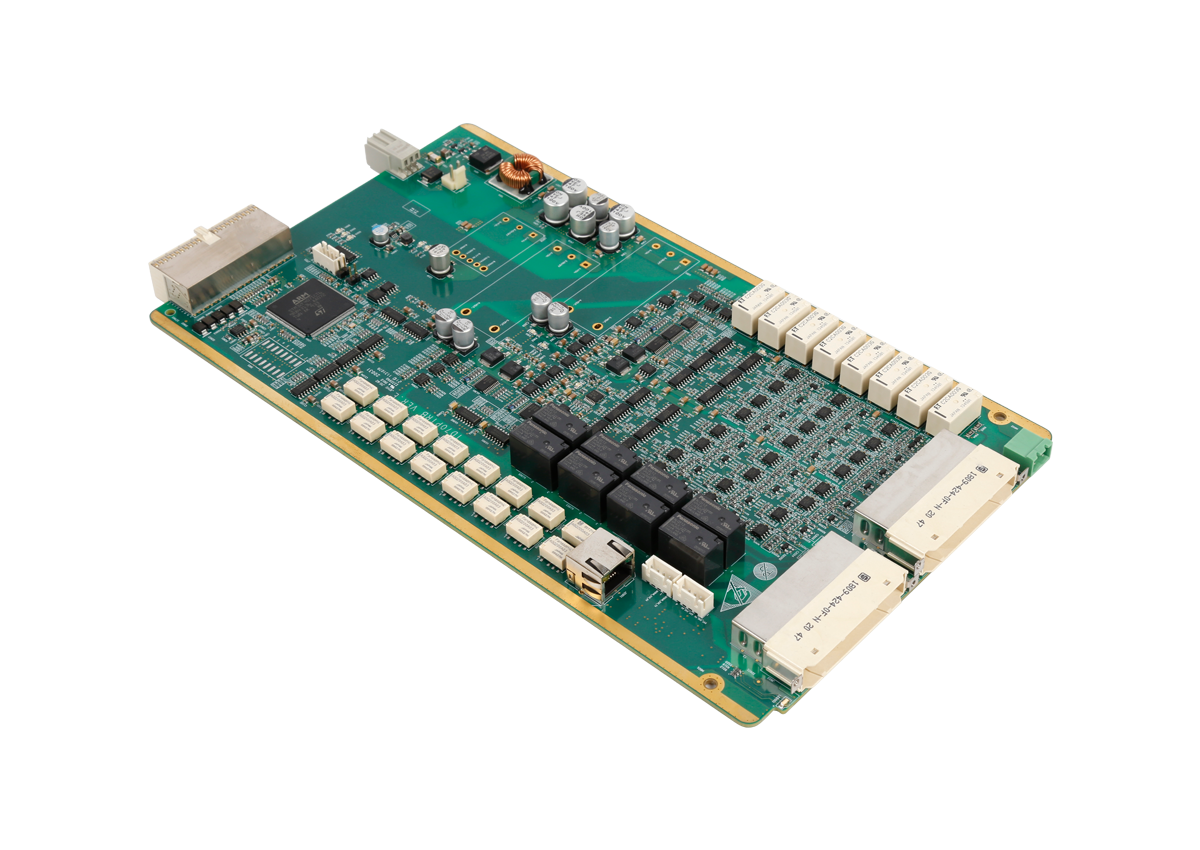Time: 2021-08-06 View: 585
1. Wire
(1)Width
The minimum width of the printed wire is mainly determined by the adhesion strength between the wire and the insulating substrate and the current value flowing through them. The printed wire can be as wide as possible, especially the power line and ground wire, as wide as possible under the condition of the board surface, even if the area is tight, it is generally not less than 1mm. Especially the ground wire, even if it is not allowed to be widened locally, it should be widened where it is allowed to reduce the resistance of the entire ground wire system. For wires longer than 80mm, even if the working current is not large, they should be widened to reduce the influence of the voltage drop of the wires on the circuit.
(2)Length
To minimize the length of the wiring, the shorter the wiring, the less interference and crosstalk, and the lower the parasitic reactance and the less radiation. Especially the grid of the field effect tube, the base of the triode and the high-frequency circuit should pay attention to the wiring to be short.
(3)Spacing
The distance between adjacent wires should meet the requirements of electrical safety. Crosstalk and voltage breakdown are the main electrical characteristics that affect the wiring spacing. In order to facilitate operation and production, the spacing should be as wide as possible, and the minimum spacing should be at least suitable for the applied voltage. This voltage includes working voltage, additional fluctuating voltage, overvoltage and peak voltage due to other reasons. When there is mains voltage in the circuit, the distance should be wider for safety.
(4) path
The width of the signal path, from drive to load, should be constant. Changing the path width will change the path impedance (resistance, inductance, and capacitance), which will cause reflection and cause unbalanced line impedance. Therefore, it is best to keep the width of the path constant. In the wiring, it is best to avoid using right angles and sharp angles, generally the corners should be greater than 90°. The edges inside the right-angle path can generate a concentrated electric field, which generates noise coupled to the adjacent path. The 45° path is better than the right-angle and acute-angle paths. When two wires meet and connect at an acute angle, the acute angle should be changed to a circle.

2. Aperture and pad size
The diameter of the component mounting hole should be better matched with the component lead diameter, so that the diameter of the mounting hole is slightly larger than the component lead diameter (0.15~0.3) mm. Usually DIL package pins and most small components use 0.8mm aperture, and the diameter of the pad is about 2mm. For large aperture pads, in order to obtain better adhesion, the ratio of the diameter of the pad to the aperture is about 2 for epoxy glass substrates, and (2.5 ~ 3) for phenol cardboard substrates.
Vias are generally used in multi-layer PCBs. Its minimum usable diameter is related to the thickness of the board base. Usually, the ratio of the board base thickness to the via diameter is 6:1. In the case of high-speed signals, vias produce a path of (1~4) nH of inductance and (0.3~0.8) pF of capacitance. Therefore, when laying high-speed signal channels, vias should be kept to an absolute minimum. For high-speed parallel lines (such as address and data lines), if layer changes are unavoidable, ensure that the number of vias for each signal line is the same. And the number of vias should be minimized, and if necessary, a printed wire protection ring or protection line should be set to prevent oscillation and improve circuit performance.